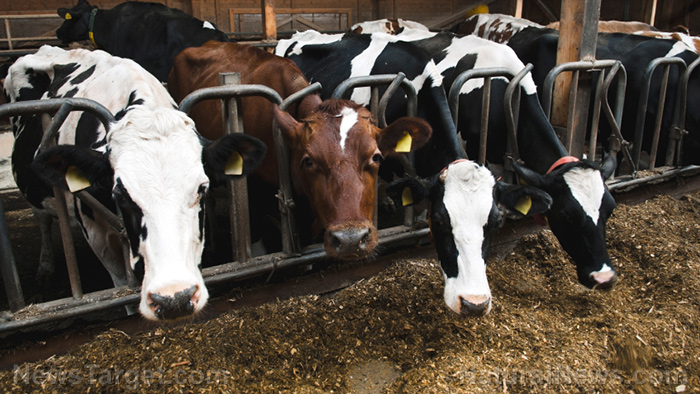
To carry out the study, a team of researchers at the Center for Conservation Biology at the University of Washington, along with partners at the National Oceanic and Atmospheric Administration's Northwest Fisheries Science Center and the Center for Whale Research examined environmental factors -- food supply, pollutants, or boat traffic -- that have caused a steady decline in killer whale population.
According to the research team, Southern resident killer whales typically feed in the Salish Sea between May and October. The animals were known to spend winters in the open Pacific Ocean along the West Coast. Unlike transient killer whales that prefer marine mammals, Southern resident killer whales were more dependent on salmon for sustenance. In fact, more than 95 percent of the animals' diet consists of salmon, with Chinook salmon alone accounting for about three-quarters of their diet.
Experts have previously noted that only 78 individual Southern resident killer whales have low fecundity rate in December 2016, compared with their counterparts in the northern British Columbia and southern Alaska region. However, recent data showed that nutritional stress from scarce salmon population has had a greater, direct impact on the reproductive success of the southern resident killer whales compared with increasing boat traffic. This malnutrition-induced pregnancy failure was exacerbated by toxin exposure that accumulate in the fatty tissues. (Related: Killer whales are now removing and eating SHARK LIVERS with astonishing surgical precision)
"Based on our analysis of whale health and pregnancy over this seven-year period, we believe that a low abundance of salmon is the primary factor for low reproductive success among southern resident killer whales. During years of low salmon abundance, we see hormonal signs that nutritional stress is setting in and more pregnancies fail, and this trend has become increasingly common in recent years," Lead author Sam Wasser, a UW professor of biology and director of the Center for Conservation Biology, was quoted in saying on ScienceDaily.com.
"These findings indicate that pregnancy failure — likely brought on by poor nutrition — is the major constraining force on population growth in southern resident killer whales. As it stands now, the orca numbers just keep declining with no signs of recovery. We’re losing a valuable resource here," Wasser said in a university press release.
A closer look at dwindling killer whale reproduction
In order to obtain the animals' health and reproduction data, the research team gathered the killer whales' fecal sample or scat. The scats were then examined to determine the breakdown key physiological and sex hormones. Likewise, DNA was extracted from the fecal samples to identify the sex, family pod, and identity of the killer whale. The research team tested the scats to determine the levels of certain hormones including progesterone, testosterone, glucocorticoid, and thyroid hormone.
Glucocorticoid and thyroid hormones were measured to determine the animals' physiological responses to nutrient deficiency or boat traffic. On the other hand, progesterone and testosterone levels were assessed to determine a killer whale's reproductive state. The researchers detected 35 unique pregnancies in total, with 11 cases resulting in live calf birth. However, no live calf birth was observed in 24 cases, which made up 69 percent of all the pregnancies.
The experts said pregnancies were likely to have ended in spontaneous abortion. Data also revealed that in one-third of all the failed pregnancies, the calf was lost in the latter half of gestation or moments after being born. The researchers also found that killer whales with failed pregnancies exhibited signs of nutritional stress, with thyroid hormone-glucocorticoid hormone ratio almost seven times lower compared with females killer whales that successfully gave birth.
Sources include:
Please contact us for more information.























